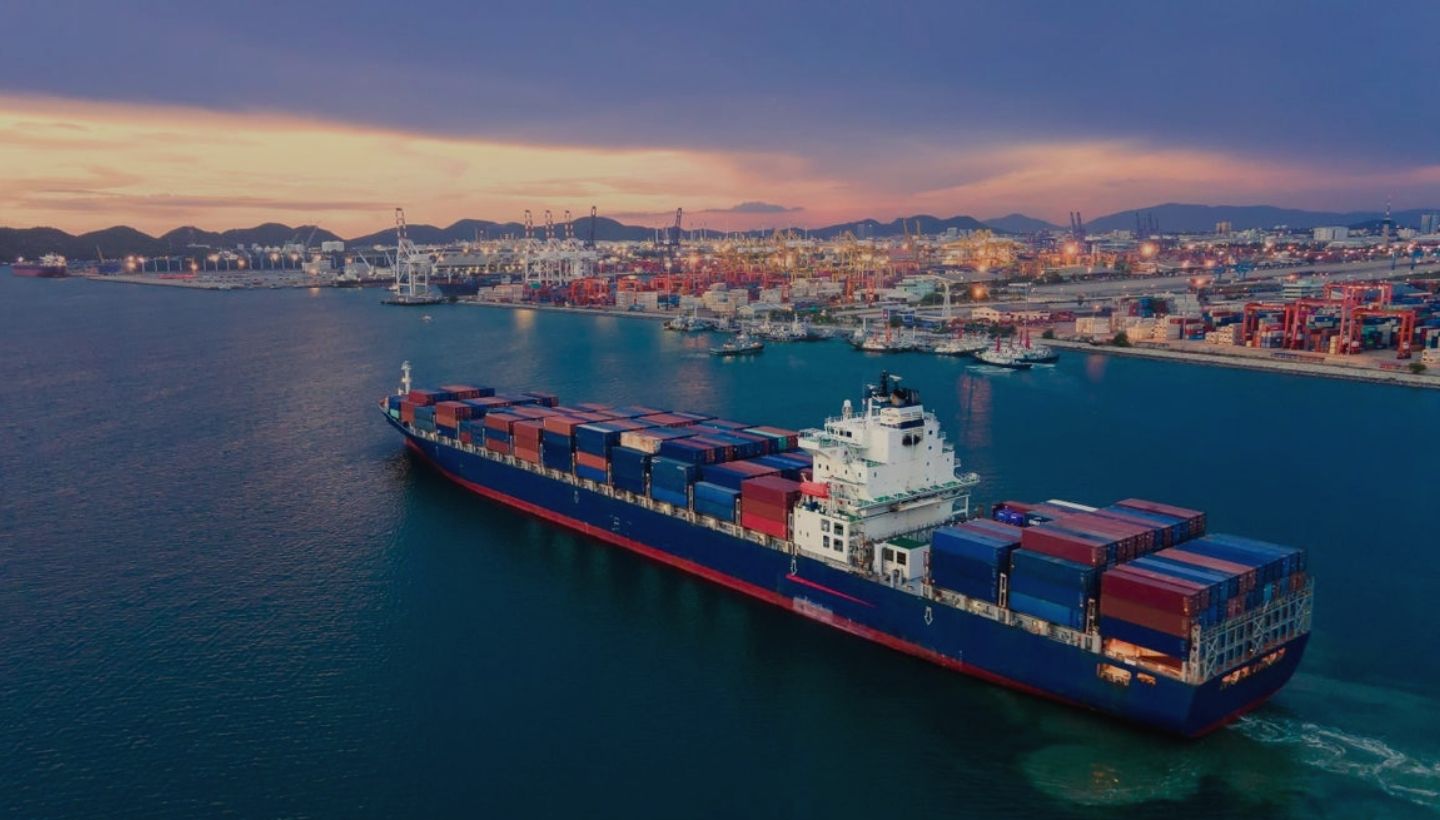Read the full article on forbes.com
At this point in the pandemic landscape, supply chain constraints are nothing new. In both our consumer and professional lives, we’re repeatedly reminded how supply chain bottlenecks and inefficiencies have lasting, downstream consequences. From delayed delivery times to goods that never seem to stay in stock, it can feel like a lagging supply chain is synonymous with the new era we’re living in.
We know consumer demand continues to increase, fueled by e-commerce. When it’s overlaid on aging infrastructure and fixed driver and asset capacity, squeezing out efficiencies at every opportunity is critical—modernization is paramount. And how we approach that supply chain modernization has never been more important.
I would argue there’s reason to be hopeful about the future of the supply chain, especially as new innovations disrupt our old frameworks and streamline operations. As we look further ahead in 2022, five key trends drive this modernization.
1. Increased Investment In Technology
Supply chain challenges need to be met with speed, efficiency and safety. Technology is being leveraged to meet these goals to the tune of $24.3 billion in venture funding. According to PitchBook, supply chain technology startups raised the multi-billion dollar figure in the first three quarters of 2021, a substantial increase from the $15.4 billion raised in all of 2020.
The space is ripe for innovation, and payment automation and supply chain fintech arguably lead the way. Historically, most supply chain payments and invoices were made on paper, which can be inefficient, error- and fraud-prone. Automated, modernized and contactless payment solutions emerged with new importance during the pandemic, driving safety, efficiency and visibility for an industry that needs to maximize revenue.
Beyond investments in modernized payment processes, the industry will see wider adoption of API integrations, AI technologies and cybersecurity systems. Combined, these technologies provide holistic visibility into the supply chain system, process large volumes of real-time data and provide much-needed security to keep things running in an increasingly digital world.





